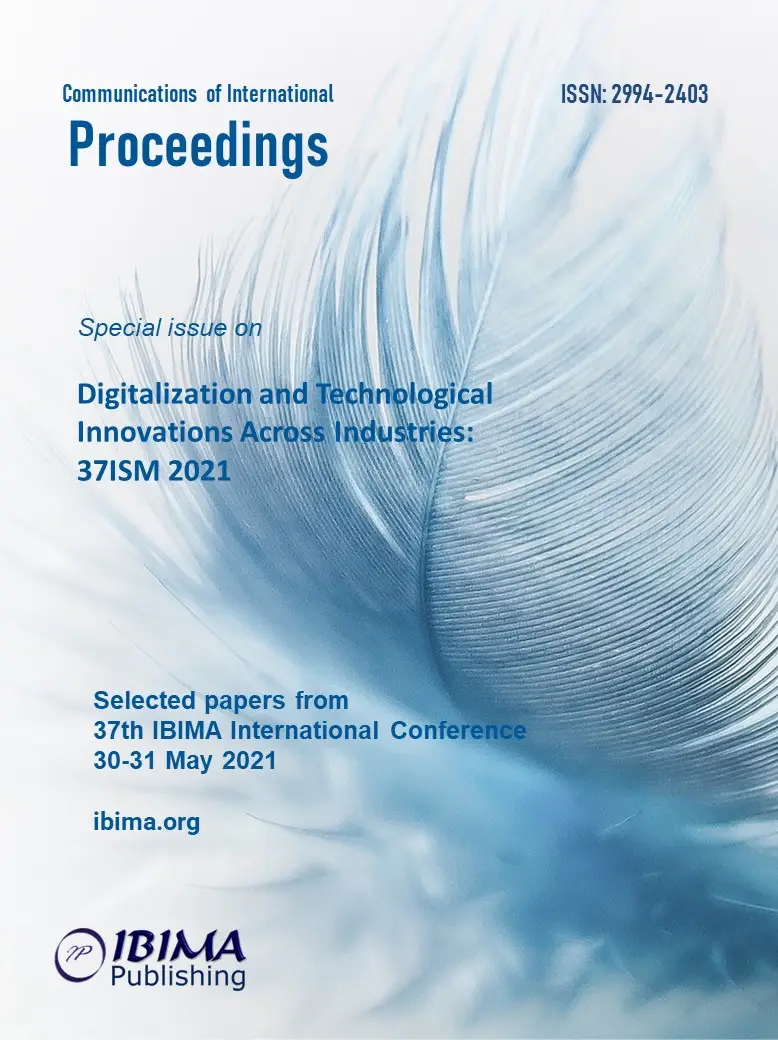
Wojciech LEWICKI1, Arkadiusz WOLOSZYN2 and Boguslaw STANKIEWICZ2
1 West Pomeranian University of Technology Szczecin, Poland
2 The Jacob of Paradies University in Gorzow Wielkopolski, Poland

The article presents a research study on the selected telematic device as an example of product innovation in the process of assessing physical parameters of professional footballers. The literature on the subject points out that one of the effects of innovation is competitive advantage. Many researchers point out that product innovation, physical parameters and sporting achievements are interrelated. One of the sports disciplines where such a relationship occurs is football. The assessment of physical parameters is considered to be a key factor in the training process that allows the assessment of the physical fitness of each player in relation to his position on the pitch. The article aims at carrying out a comparative analysis of the intensity of the game played by the players in two key positions—centre-backs and centre-forwards in normal match conditions. The study covered 174 players (98 centre-backs and 76 centre-forwards) from the German Bundesliga in the 2019–20 winter season. The data was obtained using a telematic system—DFL Digital Sport cameras. The subject of the study was to evaluate a few key parameters in the process of managing physical abilities of professional footballers: number of sprints, number of high-intensity runs and total distance covered by the player. The study reveals that a telematic device may be used for off-line data collection, but also in the online process of assessing possibilities of physical formations and particular players on the pitch. The study may be used for a discussion on the use of product innovation with regard to data analysis related to physical ability management. Moreover, should players from both formations be involved in the same training process, or should the process be individualized in terms of speed/strength of preparation for the match? The results of the study may constitute a significant contribution to the development of professional R&D trainers.